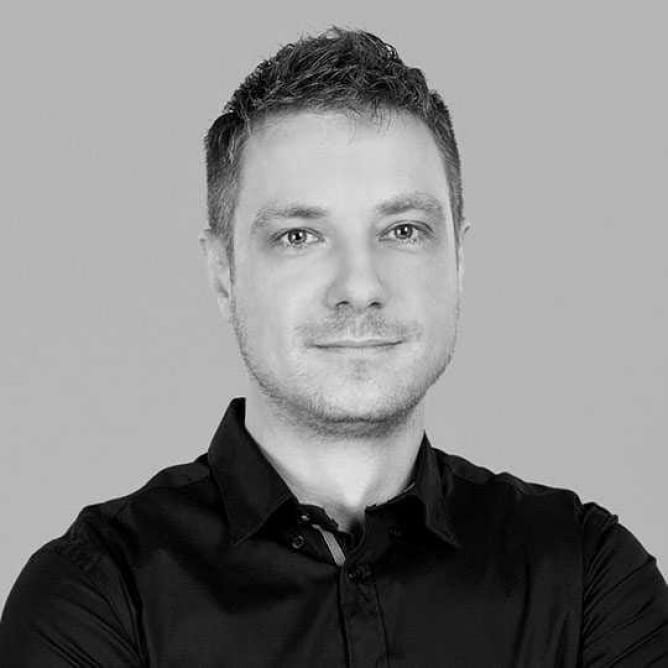 Vladimir Koylazov, Co-Founder & CTO, Chaos Group
Vladimir Koylazov, Co-Founder & CTO, Chaos Group
Vladimir "Vlado" Koylazov, co-founder and head of software development at Chaos Group, the makers of V-Ray and V-Ray RT. Passionate about 3D graphics and programming, Vlado is the driving force behind Chaos Group’s software solutions. Vlado is an expert in rendering theory and an avid 3D community supporter and he often participates in forum discussions to help users solve rendering challenges.
Thanks for agreeing for this interview! You are the creator of the render engine that is the number one in architectural visualization industry. And the second place is occupied by Corona Renderer, aquired by your company last year. It looks like very exciting moment for cg artists and Chaos Group. Many years after launching the first version of V-Ray, rendering world is definetely more sophisticated, and I guess that everyone is wondering what will be next. That's the reason this interview is about the future. Can you share with us, what's on your roadmap when it comes to V-Ray development?
Vlado: V-Ray was released officially in March 2002, so actually it’s been 16 years now. It’s been quite a journey indeed. What’s next… well, V-Ray Next of course :) Right now we are on the final sprint for releasing the fourth major version of V-Ray, which we decided to call V-Ray Next because it represents a significant jump from V-Ray 3. We’ve updated the V-Ray SDK, cleaned up old code, and implemented a number of new features. This year we will also release our own cloud rendering service. It’s a project that we’ve been working on quietly for several years now.
We’ve done a huge amount of work on the infrastructure and it will be very exciting to see it rolled out to users. We have completely overhauled the way our GPU renderer works so that we can get significant speed improvements - V-Ray GPU is up close to 2x times faster on the latest GPUs - and we now also have many other optimization opportunities. Just last week at GDC there were many announcements about realtime raytracing and this is an area that we’ve been exploring too in the last few months. People sometimes ask if we are concerned about competition from realtime rendering - as if realtime rendering is something only others can do. This is not the case of course - it’s a fascinating new opportunity that we plan to explore ourselves. It’s very early days, but things are very exciting.
From the last year updates we've seen many V-Ray updates focused on GPU rendering. Do you plan to go further this way? Do you want to create two separate paths for Chaos Group products - Corona for those that want to use CPU for rendering and V-ray for GPU rendering?
Vlado: In the last few years GPU rendering has shown that it is a very useful tool for artists to get results faster. V-Ray Next includes many improvements to our GPU renderer and we hope that we can expand the number of users that can find a place for it in their workflow. At the same time, CPU rendering is not dead and we continue to develop both our CPU renderers (Corona and V-Ray). All the development that we do is guided by feedback from our users, and the developer teams are free to push the products in whatever direction they think is best for the users.
Do you plan some new pricing model for V-Ray or you gonna keep it the way it is now?
We do not plan any drastic changes to our pricing models for Corona and V-Ray. The subscription model of Corona works very well, and V-Ray will continue to be available with both perpetual and rental licenses. For V-Ray specifically, some price adjustments for perpetual vs rental licensing will be necessary - most of the tools that we use in our daily work to develop the software have already switched to subscription-based licensing and we cannot ignore this any longer.
Last year you aquired Render Legion, developers of Corona renderer. There were many people afraid of this move. Can you say how is it going so far? What was the impact for both renderers and your team? How do you see the future cooperation?
Vlado: So far so good :) I fully understand people’s fears, but our intentions have always been to allow full freedom for both developer teams and share information that can make all of our products better. Each renderer has its own specific feel and workflow, but we still do many of the same things when interacting with the 3ds Max SDK, for example, or when using the Embree library and so on. It makes sense to share our findings between the teams. We also often have to solve the same rendering problems and it can be very inspiring to see how the other team has solved a particular issue. Even when we can’t use the result directly (the two renderers are sufficiently different), there can still be very good ideas.
What, in your opinion, will look the world for renderers and your company in the next years? Do you see realtime rendering engines, like Unreal engine (and recently announced Unreal Studio) or Unity as a direct competition or do you think that there is enough place for both realtime and linear renderers?
Vlado: I don’t know why you think we are not interested in our own realtime renderer :) Realtime and offline renderers will converge at some point for sure, and we certainly do not intend to stand by and watch this interesting opportunity pass by. Products like Unreal and Unity are first and foremost focused on games, and everything else comes second. They are mostly designed to consume already prepared assets from other sources and there is still a lot of work that goes into making a scene render in realtime. We believe that there is a place for a single-click realtime engine that can be used during the design phase of projects inside applications like 3ds Max and Maya, pretty much like we have things with offline renderers today. It is a challenge for sure and sort of competing with a huge company like Epic is intimidating, but it will be interesting and fun.
On 18th of May your company is hosting big conference "Total Chaos" in Sofia (Bulgaria). Do you feel excited? What can we expect and what will be the most interesting for you?
Vlado: We have been doing our own event, CG2 for a few years now, and we feel that we have enough experience to make a bigger international event this year. I’m certainly excited. Even though I’m on the developer side of the things, watching the 3D artist track has always been very illuminating - to see what problems artists have and how they solve them.
You will be one of the presenters during conference. Can you say a few words about your presentation?
Vlado: I will be talking about some of the behind-the-scenes work that went into V-Ray Next, and some of the projects that we are working on for the rest of this year.
Customer zone
Your special offers
Your orders
Edit account
Add project
Liked projects
View your artist profile
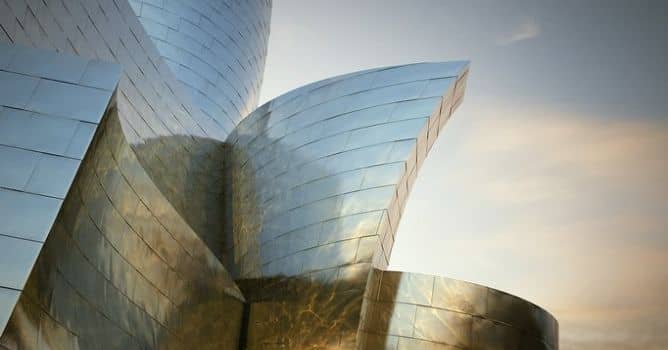












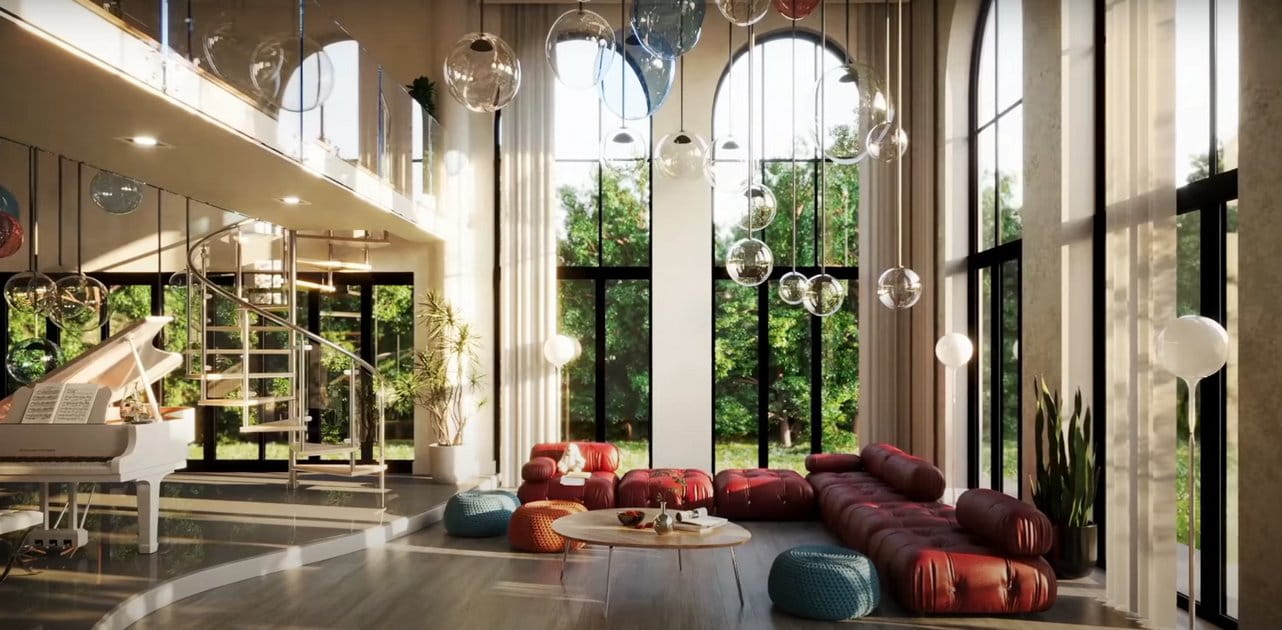
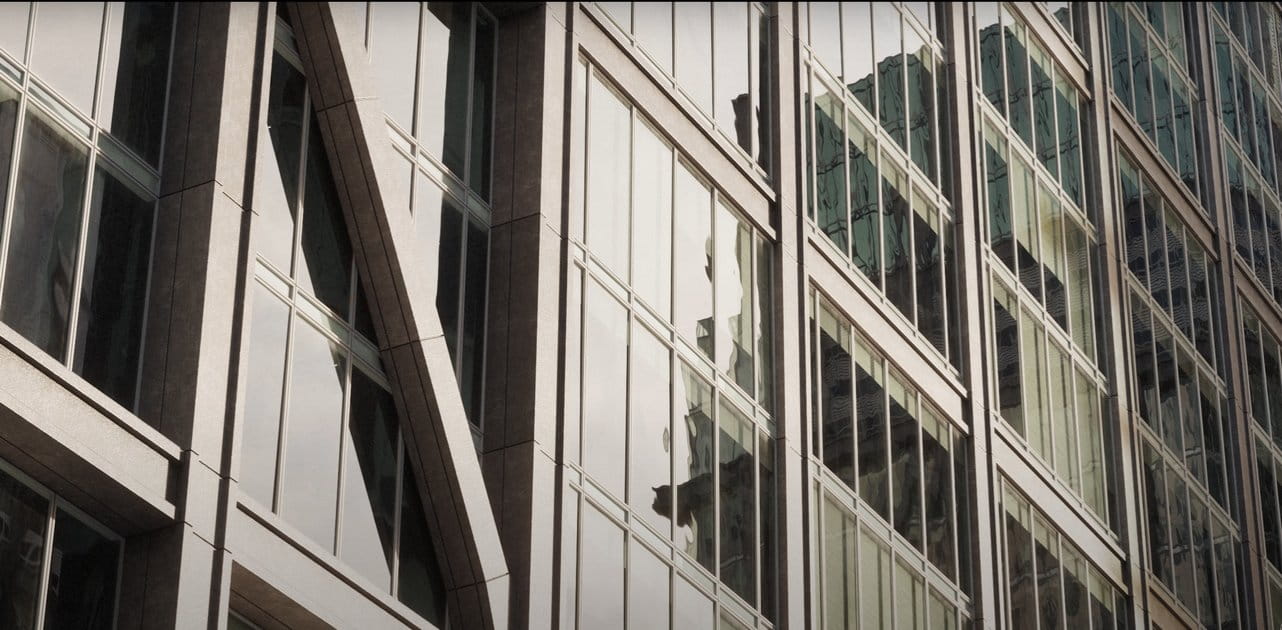
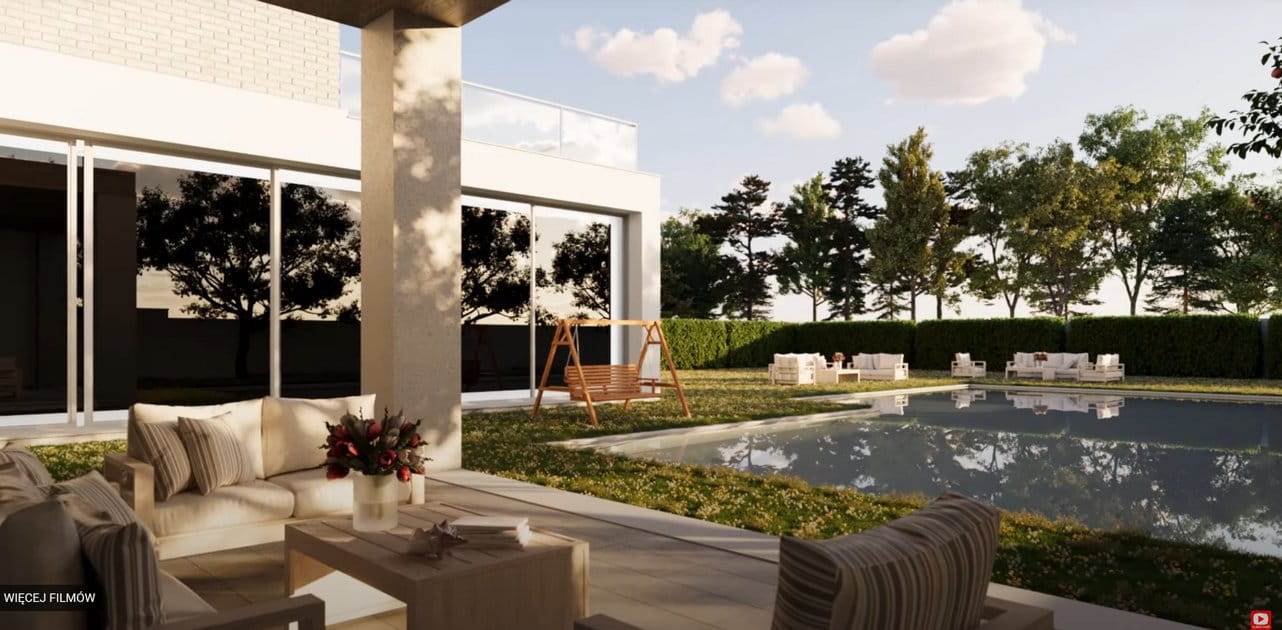

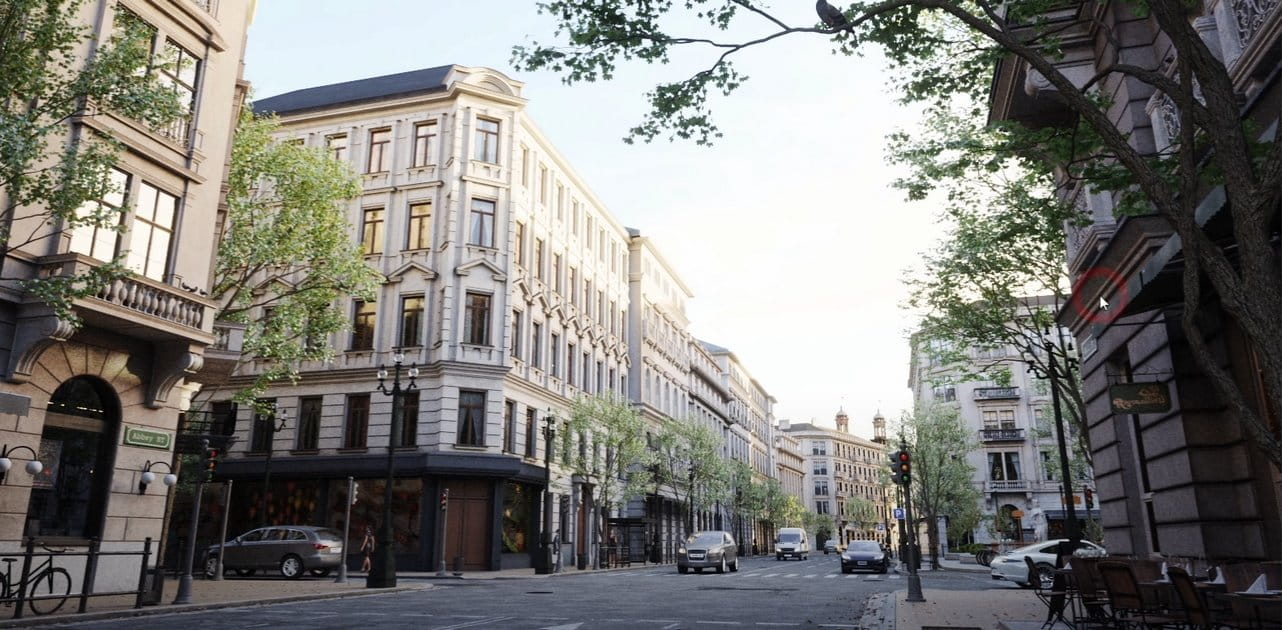
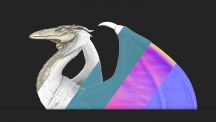





COMMENTS